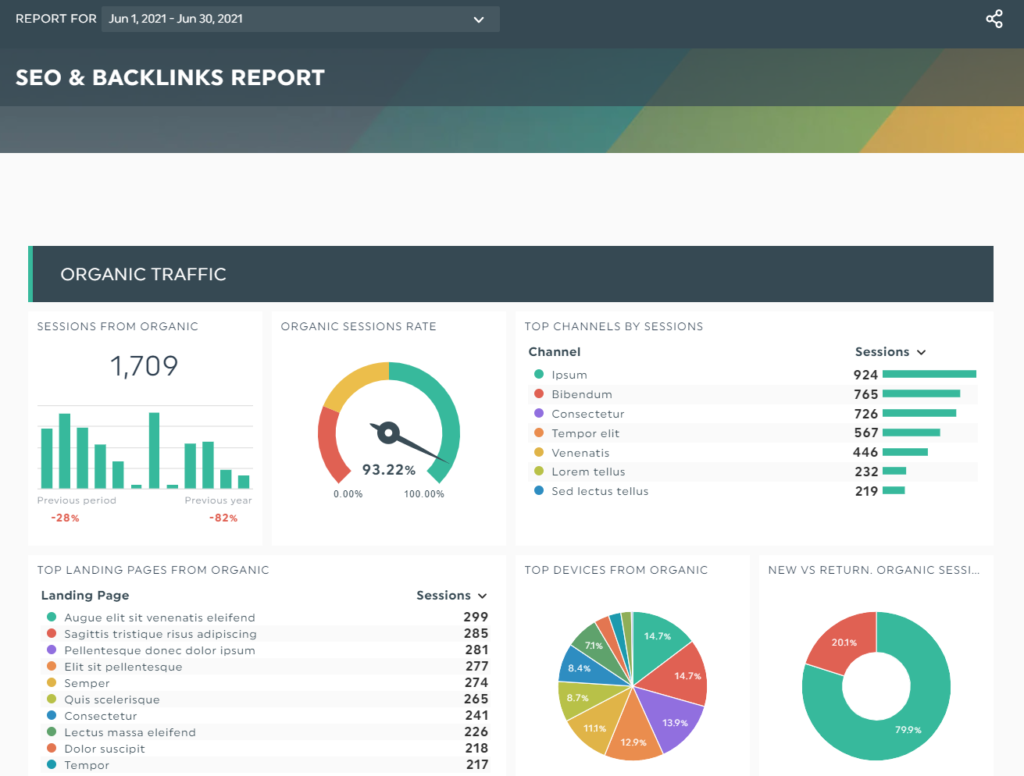Why Measuring Copywriting Success Matters
Great copywriting isn’t just about writing compelling words—it’s about driving results. But how do you know if your copy is effective? Tracking key metrics helps you understand what’s working, what needs improvement, and how to optimize for better performance.
Want high-performing copy? Check out our content writing services to boost conversions and engagement!
Key Metrics to Measure Copywriting Success
1. Conversion Rate: Turning Readers into Customers
One of the most critical indicators of successful copywriting is conversion rate. This tells you how many people take action after reading your content, such as:
✔️ Making a purchase
✔️ Signing up for a newsletter
✔️ Downloading a free resource
🔹 How to Measure: Use Google Analytics or CRM tools to track the percentage of visitors who complete a desired action.
2. Click-Through Rate (CTR): Measuring Engagement
Your copy is only effective if people act on it. CTR measures how many users click on links, buttons, or CTAs in your copy.
🔹 How to Measure:
- Check CTR in Google Ads, Facebook Ads, and email marketing campaigns.
- Monitor CTA performance on web pages.
🚀 Want to improve CTR? Our Google Ads services can help optimize your ad copy!
3. Bounce Rate: Are Visitors Staying or Leaving?
A high bounce rate means visitors leave your site without interacting further. If your copy doesn’t hold their attention, it might need better structure, clarity, or relevance.
🔹 How to Measure: Use Google Analytics to see if users exit quickly or explore other pages.
4. Time on Page: Are Readers Engaged?
Engaging copy keeps visitors on your page longer. If your time-on-page metric is low, your content may not be compelling or relevant enough.
🔹 How to Improve:
✅ Use short paragraphs & subheadings for readability
✅ Add storytelling to create an emotional connection
✅ Include internal links to keep visitors engaged (like our SEO services)
5. Email Open & Response Rates
If your email subject lines and body copy are effective, more people will open and engage with your emails.
🔹 How to Measure:
- Open rate tells you how many people opened your email.
- Response rate measures replies, inquiries, or actions taken.
🚀 Need better email copy? Our email marketing services can help!
6. SEO Rankings: How Well Does Your Copy Rank?
SEO copywriting should boost your rankings on search engines. If your copy isn’t ranking, you might need to improve keyword usage, meta descriptions, and readability.
🔹 How to Measure:
- Use Google Search Console to track rankings.
- Analyze organic traffic growth from search engines.
💡 Want SEO-optimized copy? Our SEO content writing services can help you rank higher!

7. Customer Feedback & Testimonials
Sometimes, direct customer feedback is the best way to measure copywriting success. Reviews, testimonials, and social media engagement show if your message is resonating with your audience.
🔹 How to Collect Feedback:
- Conduct surveys & polls
- Monitor social media comments & shares
- Analyze customer reviews & testimonials
Final Thoughts: Track, Optimize, and Improve
Measuring your copy’s success isn’t a one-time task—it’s an ongoing process. By tracking these key metrics, you can refine your copy for better engagement, higher conversions, and improved SEO rankings.
🚀 Want expert copy that drives results? Contact Social Media Max today for high-impact content that converts!
